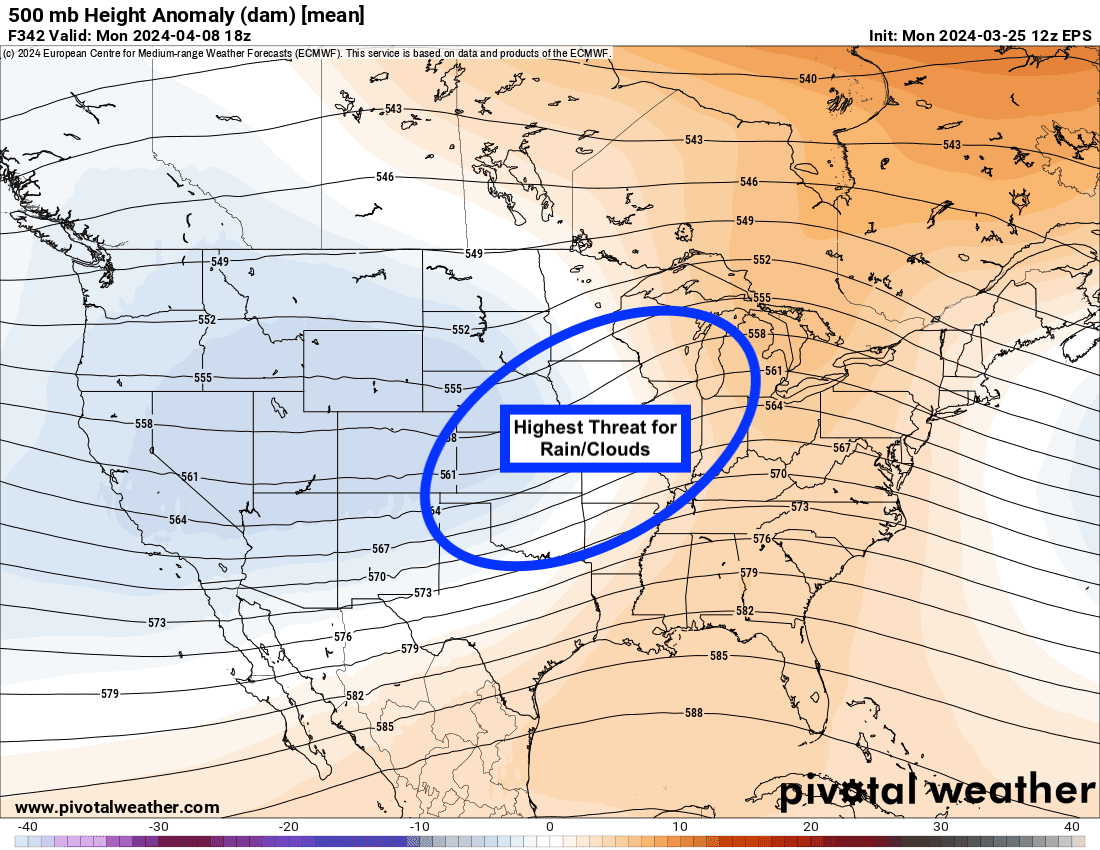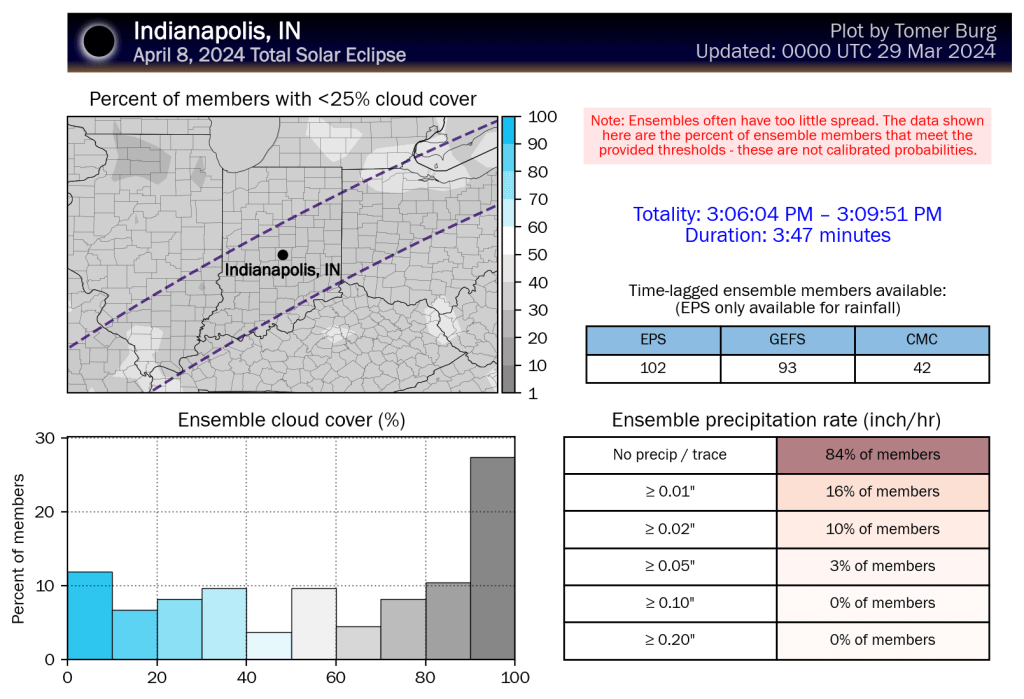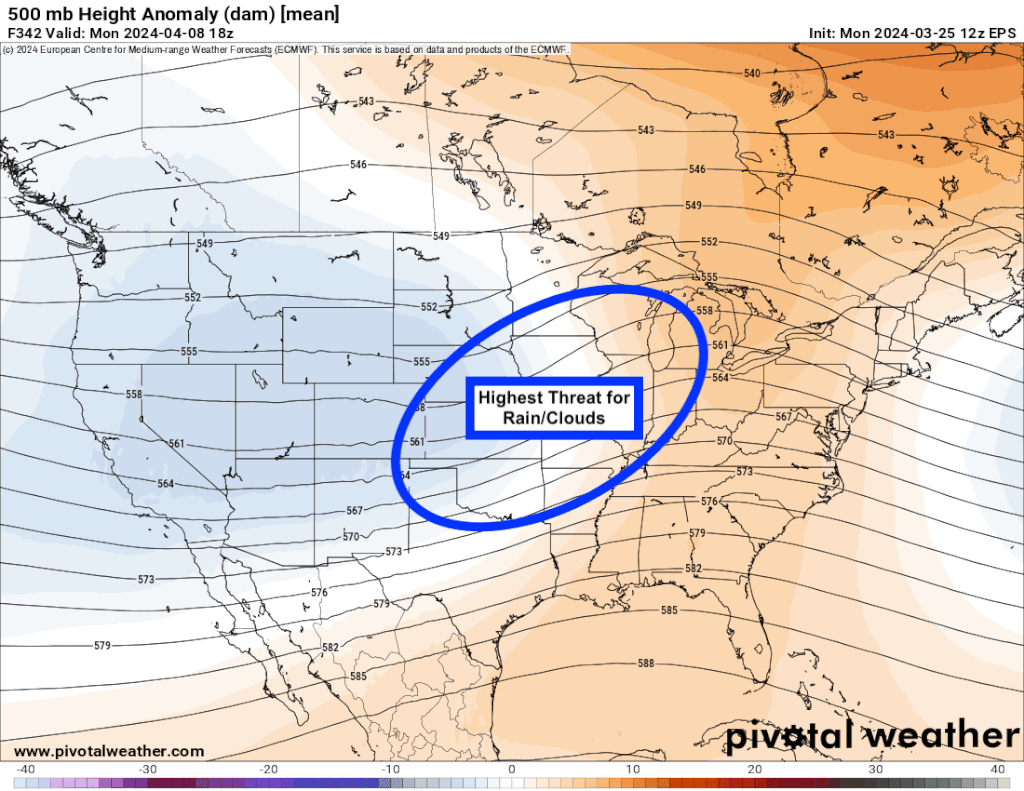A once in a lifetime event will take place in central Indiana on April 8, 2024. A TOTAL Solar Eclipse will pass through the state, the first time since the year 1869 and the first time in Indianapolis since 1205! This will also be the last one in our lifetime as the next one is not expected until 2153.
By Hope Kleitsch
A total solar eclipse occurs when the moon completely covers the face of the sun. It may seem as though a total solar eclipse is this super rare phenomena (after all we are saying it’s a once in a lifetime event…), but it’s actually not! A total solar eclipse happens somewhere on earth nearly once every 18 months!
This is a once in a lifetime event because of the path this total solar eclipse is taking. Normally, the paths are over the ocean (earth is 70% water) or in other countries. This is the first total solar eclipse to cover the U.S. since 2017 and the next one won’t be until 2044.
Now… we’re just over a week away and we can finally start to look at model data to get a general idea of what conditions might happen on April 8. We can’t pinpoint any specifics yet, but climatologically speaking, April is a cloudy and rainy month for Indiana.
Models are showing a system moving in sometime between April 6-9. Going into the 8th, there is a ridge of higher pressure sitting over the eastern side of the U.S. with a trough digging in the west. If the trough can slow down its eastward approach, then there is a better chance of having more clear conditions.

In terms of cloud likeliness, it’s not looking the best, BUT things can change! In the graphic below, the upper left hand corner map is showing the percent of ensemble models that have 25% or less of cloud cover. The percentage is not very high. In the lower left hand corner, it shows the percent of ensemble models vs. the cloud cover percentage. Here, quite a few ensembles are showing nearly completely overcast skies. On a good note, however, many of the models are showing dry conditions rather than rain.
We’ve been keeping an eye on trends ever since models have been in reach, and we do have good news! Trends have been looking better–not great, but better. When we first looked, things looked to be almost completely overcast, but now, cloud cover has ever so slightly decreased.
Again, it is hard to pinpoint exact details this far out, but this is just to give a general idea of what we are seeing and how we are keeping an eye on the forecast. It won’t be until about 5 days out until we can really get a grip on what might happen.




